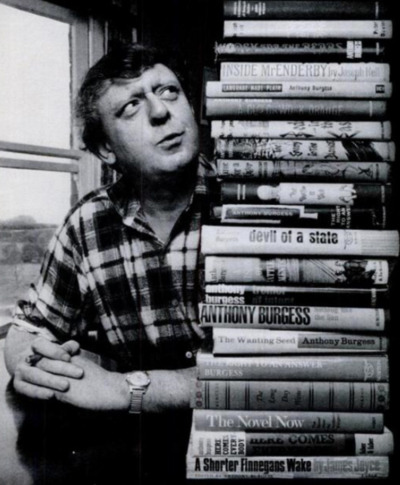No offense to Freeman Dyson, but the book of his I just read was purchased used for a penny on Amazon (plus $3.99 for shipping and handling). I’ve always wondered why anyone would bother selling a penny title online. What volume of sales could possibly make it worth it? In a Guardian piece, Calum Marsh tries to make sense of one-cent-book sales. The opening:
Sometime in early 2013, in Dallas, Texas, a generous reader donated his impeccable first-edition copy of Philip Roth’s Our Gang to the local Goodwill store, its royal blue dust jacket gleaming as brilliantly as it did in 1971.
There it sat on a shelf, priced at $1, until a semi-trailer from Books Squared whisked it away among 3,000 other leftovers. At the Books Squared warehouse in south-west Dallas, Our Gang was checked and processed by receivers and a scrupulous quality-control team, who deemed the book “like new” before scanning it into their computer system to be sold online.
Dynamic pricing software cross-referenced every active listing of a used, like-new, hardcover copy of Our Gang across online marketplaces like Amazon and Abebooks, then matched the lowest price. Last March, four months after it was listed, I bought the book for a penny, and Books Squared shipped it to my apartment in Toronto. This handsome volume is sitting proudly on my desk right now.
Over the last year, to give you an idea of the riches for the taking, I’ve spent a penny each on Roth’s The Anatomy Lesson and Deception, Renata Adler’s Pitch Dark in hardcover, a first-edition copy of Room Temperature by Nicholson Baker, and one of Henry Petroski’s The Evolution of Useful Things – among others.
Online, such literary treasures are in ample supply. But deals this good raise an obvious question. It clearly took a lot of time to usher Our Gang from the backrooms of Goodwill to Canada, where I live. So how does anyone make money selling a book for a cent?•
Tags: Calum Marsh

